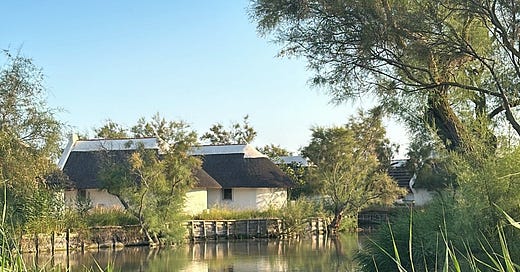2024 Travel Recap: 5 Favorite Places I Traveled to This Year
From an untapped island in western France to two European cities that surprised me...
When reflecting on my most memorable trips of 2024, I realized that many of them occurred here in France. Since moving from NYC to Paris a year and a half ago, I’ve loved exploring the lesser-known parts of the country because 1. France is amazing… obviously!? 2. I love traveling by train. I’m so jealous of Europe’s rail transport system (the US is sorely lacking here). It’s affordable, scenic, fast, convenient and an ideal choice for minimizing our carbon footprint– which should be a priority for us all. 3. There’s so much of France that remains untapped among foreign travelers whose travels throughout the country are often limited to Paris, Provence and the Riviera. If you’ve been following my travel writing for a while, you know that discovering those “second cities” or off the beaten path destinations is a big part of my “beat” or focus as a travel editor. Overtourism is real; it’s made traveling to some of our favorite places almost unbearable. Plus this world is too big! There is so much beauty outside of the same obvious places that inundate our Instagram feeds year after year.
That said, below are my favorite destinations I visited this year… mostly in France, with some notable stops along Switzerland, Belgium and Italy.
(And just fyi…I know my newsletters so far have been France heavy as I’ve been spending a lot of time here settling in but I promise I’ll be covering more destinations soon)






Île d'Yeu, France
Best season: Summer
I wrote about Île d'Yeu extensively on Prior, which you can read here for a detailed guide. It's a small island located off of the Vendée coast, the western coast of the Loire Valley, so a nice trip would be spending a few days doing wine tastings and exploring the castles in the countryside then making your way to the sea. Many people are familiar with Île de Ré, a more upmarket version of Île d'Yeu, which is also located on the western coast of France just south of the Île d'Yeu. It’s beautiful there and definitely worth visiting, but what I loved about Île d'Yeu is how laid back and unspoiled it is; it also has this weird, singular vibe to it. I loved everything about this place. You have a busy port which forms the island’s cultural nucleus: restaurants, bars, shops, galleries– the works. A mix of wild beaches and no nonsense ones that are ideal for families. Plus there’s a cool little hipster village with a shop, an oyster bar, a wine bar and a bakery built into the island’s traditional white architecture with colorful shutters, as well as a few playful (and affordable!) boutique hotels scattered around the island.
Who it’s for: Travelers looking for a casual, no frills summer getaway for some relaxed summer fun. Bigger groups can rent a house and cycle around to the beaches, bars, restaurants or host BBQ’s at home (there are some great Airbnb’s, like this one, this one or this one). If you’re into a summer holiday with a dose of history and culture, this is a good place for you too. Also young families! The island is super family-friendly, mostly due to the ease of the place (kids getting around on bikes, easy beaches, relaxed restaurants, etc.)
Getting there: The easiest route is taking the train from Paris to Nantes then from Nantes to Fromentine. From Fromentine, you’ll take the ferry to Port-Joinville.
Things to consider: The best way to get around the island is by bike, which you can rent at the port if you’re not staying at a hotel (most hotels provide complimentary bikes for guests). While you can also rent a car, biking is really the move here. Also, remember: this is the Atlantic (not the Mediterranean) so the weather is less predictable and the sea is cooler (more refreshing, IMO), also could be choppier depending on the winds. Finally, if you have more time, it would be worth visiting the neighboring island of Noirmoutier, which I hear is also quite beautiful.

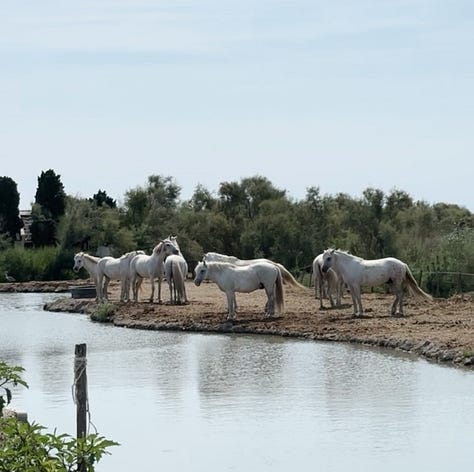




La Camargue, France
Best season: Late spring, summer and early fall
I’d been curious about La Camargue for a while. It’s France’s cowboy country (!) located on a vast wetland on Europe’s largest river delta. It’s a unique destination that’s optimally positioned just 20 minutes south of Arles and about 1hr20 west of Marseille (so would be an easy day trip to make on your visit to the South of France). I was excited to have the opportunity to visit the brand new hotel Les Bains Gardians, which I wrote about for Vogue. I spent my days horseback riding through the natural park, famed for its pink salt flats, flamingos, bulls and wild white horses. The main town revolves around the iconic Church of the Saintes Maries de la Mer and is surrounded by a pristine coastline where beaches were nearly empty in July. (Crazy to imagine, considering you’re just a stone’s throw from the Riviera!) The hotel itself was great too, offering good food, a spa, two pools, immersive gardian (cowboy) huts and horse stables. It’s a true destination hotel, where you can stay for a night or two and be totally content.
Who it’s for: Real culture seekers or nature lovers. Travelers looking for a unique experience in the South of France.
Getting there: Train to Arles then drive or uber/taxi 20 minutes to La Camargue is the easiest option.
Things to consider: Since it’s a marshland, prepare for mosquitos! It wasn’t particularly humid when I was there so it wasn’t as bad as I expected, but definitely pack mosquito repellent! If you’re not interested in horseback riding, I’m not sure this is for you as that was definitely the highlight for me.
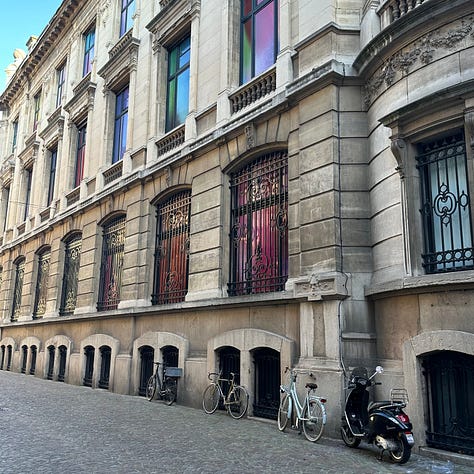



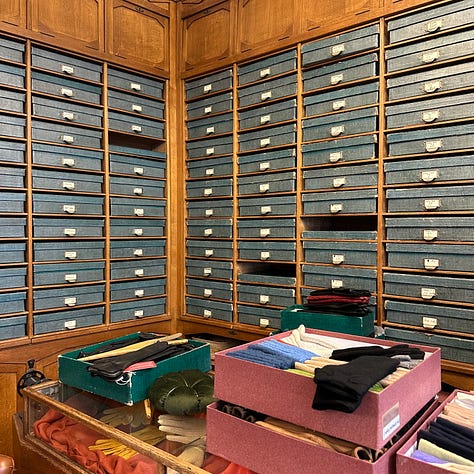
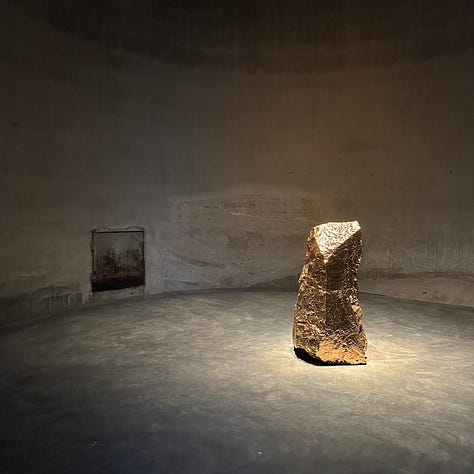
Antwerp, Belgium
Best season: All seasons
I covered Antwerp more extensively in a guide for Prior. I’m embarrassed to admit that Belgium wasn’t on my radar, but after visiting Antwerp, I’m kind of obsessed!? As the country connects both northern and southern Europe, Belgium’s culture is characterized by this eccentric blend of Flemish quirkiness and French flair. I was most compelled to visit Antwerp for its fashion and design backbone (and some new hotels that have popped up over the past few years I was eager to check out). But think about it: the city brought us some of the greats, like Dries Van Noten and Axel Vervoordt, who’ve both left their indelible mark on the city. It truly is a hub for fashion, art, design (there’s sooo much to see), and much to my surprise, everything I ate was exceptional. Who knew Antwerp’s restaurant scene was so good!? I’ll let you read my Prior story for a more detailed review of the city.
Who it’s for: Design lovers, foodies, fashion folk.
Getting there: Find a way to get to Antwerp airport or Antwerp central train station.
Things to consider: Antwerp is also a diamond capital, but I didn’t explore that much. Let me know if you do and what you find out! :)
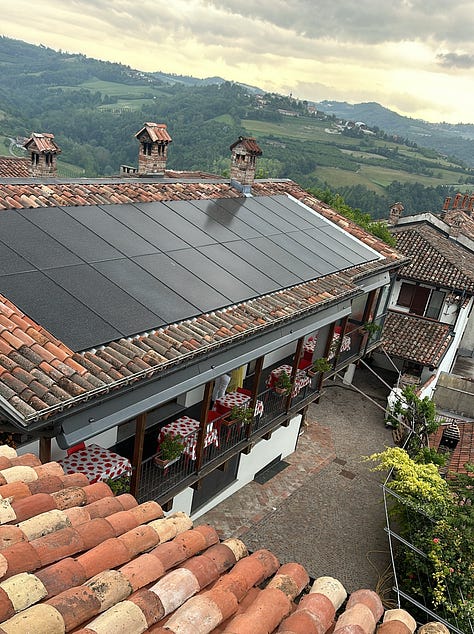
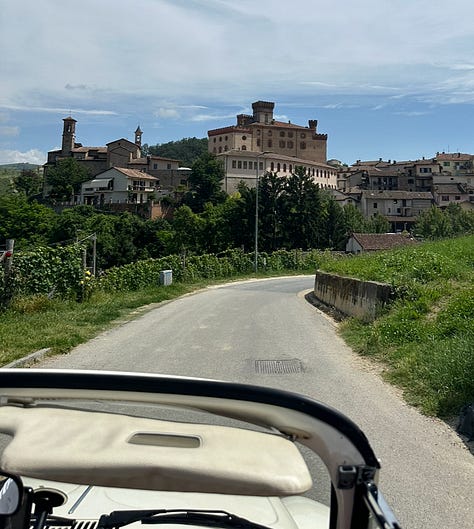




Piedmont (entire region), Italy
Best season: Late spring through fall (fall is truffle season!)
Tuscany is Italy’s most popular region for wine tourism given its abundance of tour operators and gorgeous big name hotels (some of which I wrote about for Vogue), but true epicures will tell you that Piedmont, a region in Italy that sits at the foot of the alps, is arguably Italy’s best culinary destination (a title, I admit, it may share with the Emilia-Romagna region, but for the sake of today’s argument, I’ll save that discussion for another time). Seriously though, Piedmont brought us Alba’s famous white truffle, Barolo wine, Bra sausage, Fassona beef, hazelnuts, so many cheeses(!), the list goes on. David Prior, my friend and one of the most important editorial voices in the travel industry has always known it (if you guys don’t follow David, you must. Even Gwyneth Paltrow goes to him for travel recs) so I finally decided to follow his lead and check it out for myself. I had written about the city of Turin (Piedmont’s capital) for Vogue a few years ago, which you can read here, but this summer I traveled to the countryside for the first time, basing myself at Casa di Langa, a sustainable retreat in Le Langhe in lower Piedmont (loved it). Anytime I’m in the countryside, I like to elevate my experience by renting a vintage convertible for at least one day of exploring (because can you think of a more immersive way to explore a region like this?), and if there's going to be drinking involved, I always book the experience with a driver—and that's exactly what I did here. I booked a vintage Volkswagen Beetle cabriolet convertible with Diego at Driving Vintage. My gosh, it is really magic here– not just the food and wine, but exploring all of the scenic towns and villages, like Alba, Bra, Barolo, Monforte d’Alba, among many others, as well as driving through the low hills and narrow valleys at sunset. I have too much to say here, so for now I’ll just share some notable restaurant highlights: Osteria dell'Arco in Alba, L’Osteria del Vignaiolo in La Morra and Osteria da Gemma in the tiny village of Roddino. Osteria da Gemma is less about the food (which is simple, like eating at your nonna’s house) and more about the experience. It’s a super local place where priests and on duty police offers come in to join their families for an 8-course meal cooked by the legendary Gemma with wine included for €34! So memorable. Go hungry!
Who it’s for: Gourmands, wine lovers, history buffs.
Getting there: Drive from Turin or Milan airport or train stations.
Things to consider: Like Tuscany, you must rent a car (or a driver, but that can be pricey), there’s no other way to explore the region. You’re also close to the lakes! So after your week in the countryside, I suggest heading to Lake Orta and staying at Laqua by the Lake. The food at the hotel is meh (eat elsewhere), but the rooms are great and the location on the lake is sublime.
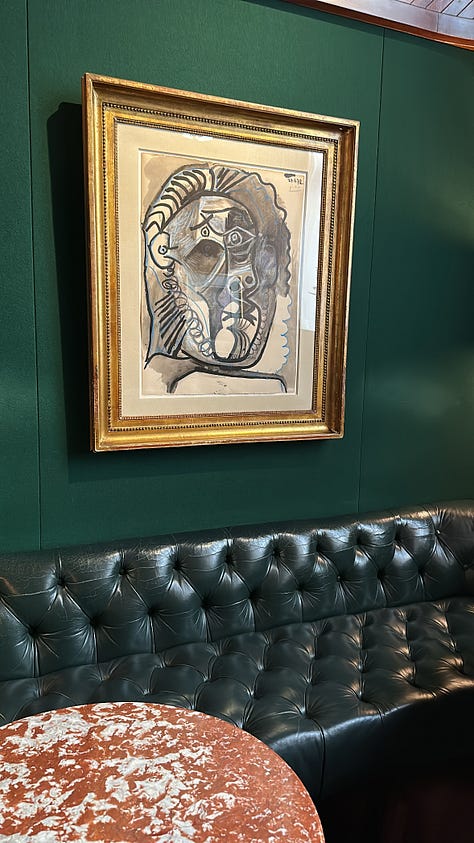
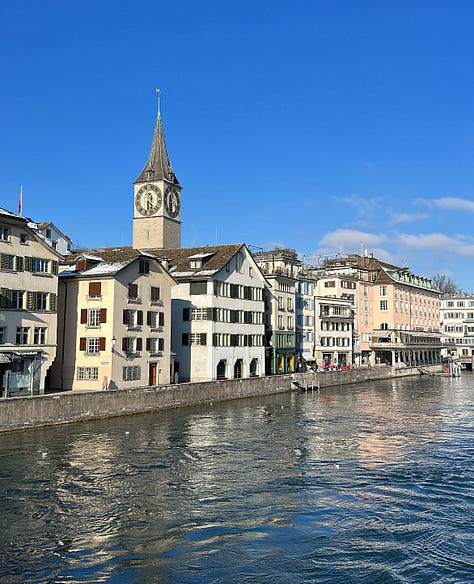
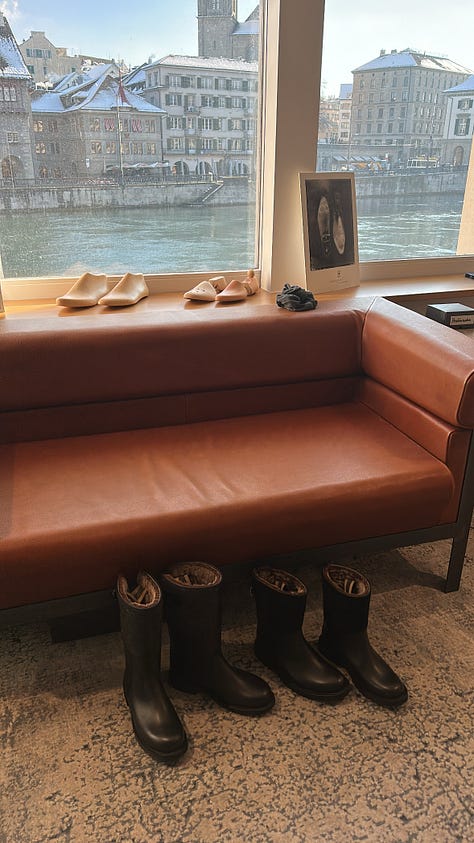
Zurich, Switzerland
Best season: All seasons
Transparently, I visited Zurich initially as my gateway to the Alps. To break up the train journey to Saint Moritz, I took a 4hr train from Paris to Zurich and spent the night before heading off the next day to the mountains. I loved it so much the first time that I extended my trip in Zurich from one to three nights each subsequent time I had to pass through. The city, which is situated on the north end of Lake Zurich in northern Switzerland is sooo elegant and packed with charm. On either side of the Limmat River, Zurich is equal parts pristine and modern with a big finance and tech hub (which is why you’ll find tons of expats living here) and old school, especially along the cobbled streets of the Altstadt (old town), which is flooded with cozy bars, traditional Swiss restaurants (like the iconic Kronenhalle and Kronenhalle Bar) and and art museums (Kunsthaus is the most famous). As for hotels, I loved Baur au Lac and Le Reserve – they’re bougie ;) Moral of the story here: always lean into your stopover cities as they could surprise you, plus what’s the rush?
Who it’s for: If you’re looking for a dynamic European city to explore with cosmopolitan élan and historic charms and also provides easy access to the mountains for winter sports and hiking in the warmer months.
Getting there: Zurich airport is an international hub so tons of direct flights from major cities! But it’s also easy by train from many EU cities.
Things to consider: I’ve only visited in the winter months, but it’s a fantastic city in the summertime too, as you’ll find people swimming along the waterfront promenade and the countryside just outside of the city is famed for its hiking.

